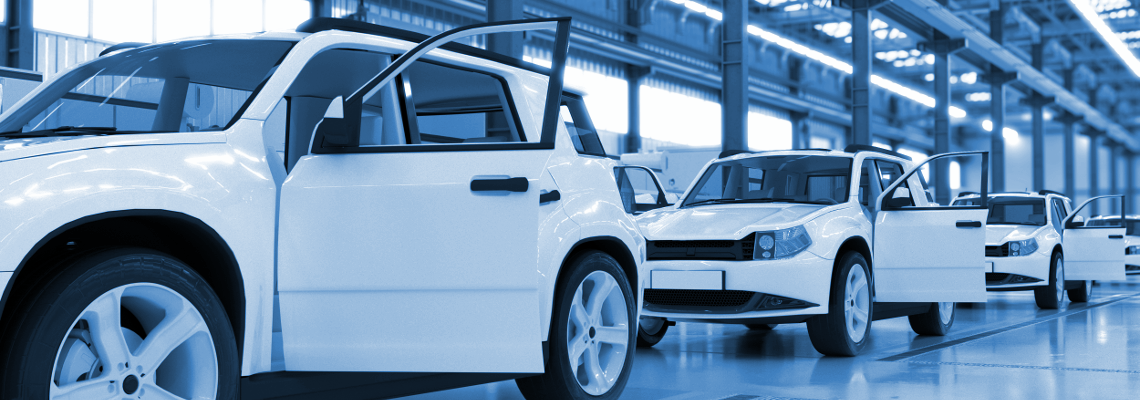The EV Story in Post-COVID Era
Roughly three months of countrywide lockdown, combined with zero sales and the post-pandemic uncertainty, has resulted in further degrading the health of the already struggling Indian automotive sector.

Though it has disrupted the entire value chain of the automobile industry, there is a silver lining to this Covid-19 pandemic: It has stimulated growth in renewable and eco-friendly transportation.
The Indian market has high potential for EVs since most commuters opt for two-wheelers, three-wheelers, and buses. There are numerous latent growth factors in place, and the pandemic might have set them in motion
While the pandemic has disrupted the transportation ecosystem, EV technology has the potential for rapid adoption, driven by an increased awareness towards a greener and cleaner transportation.





